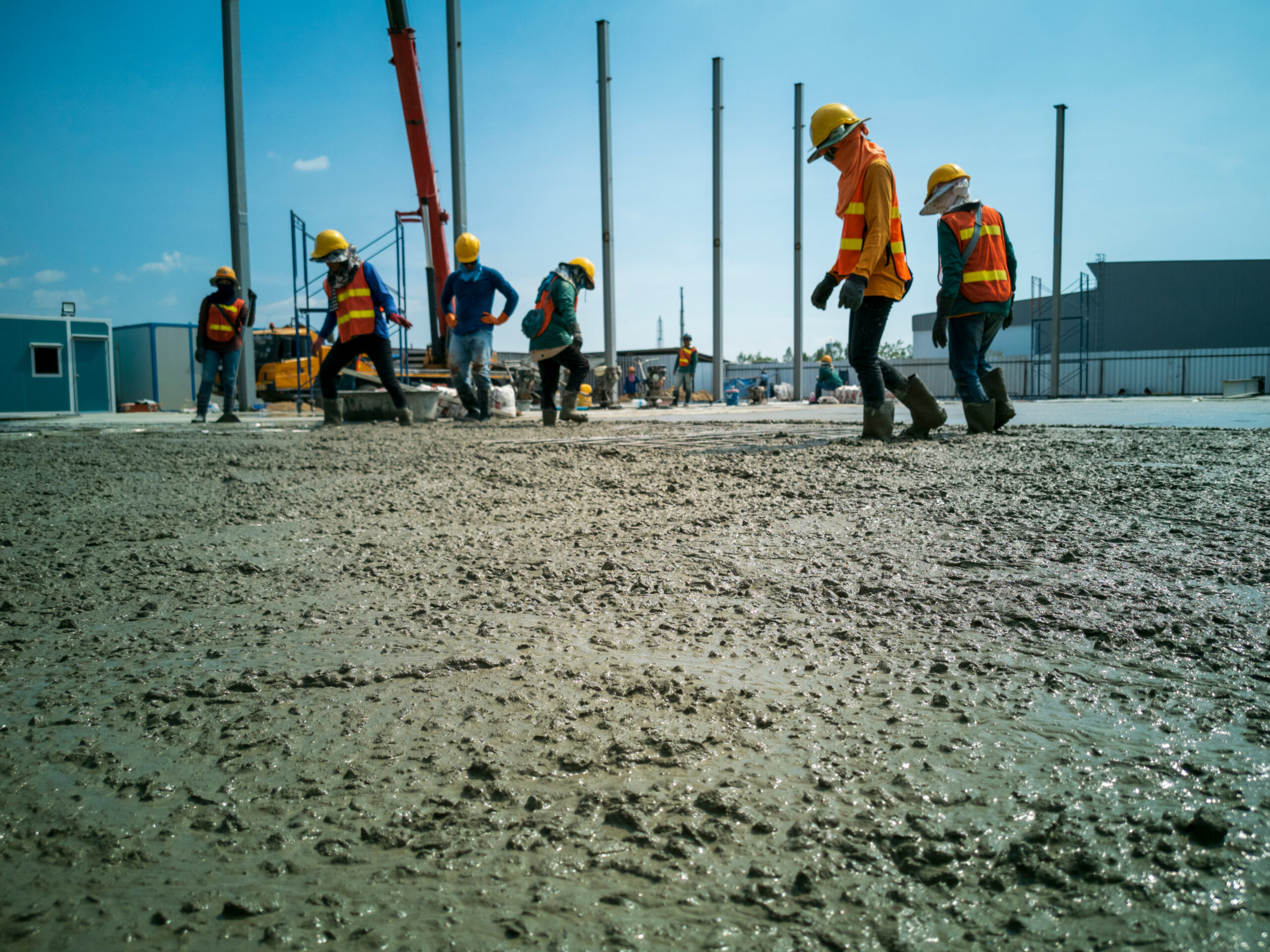The goals of sustainable construction are to reduce the industry’s impact on the environment. Methods involved in sustainable construction included using renewable and recyclable materials, reducing the energy consumption of the finished building, protecting habitats during and after the construction phase, reducing on-site waste and the embodied energy in building materials.
In Europe, the construction industry is responsible for 34.7 percent of the continent’s total waste. Green buildings minimise waste with their lower environmental impact and use of renewable sources and materials. There is a perception that sustainable construction is expensive, which can make it seem the less attractive option. However, The World Green Building Council’s 2018 report shows that although cost remains a concern, owners of green buildings report that money is saved through reduced operating costs thanks to the sustainable materials used
The most sustainable materials include recycled metals such as steel, as well as straw bales, reclaimed or recycled wood, mud bricks and wood bricks. This article will focus on sustainable concrete.
Concrete is a widely used synthetic material, but also one of the most environmentally unfriendly. Its manufacture alone is responsible for about 5% of global carbon dioxide (CO2) emissions. Fortunately, many companies are now exploring ways to reduce emissions by creating alternatives with plastic and other recyclables, which can reduce the carbon dioxide production by almost 50%.
Admixtures
Sustainable concrete is made with a variety of admixtures. Admixtures are an essential component of modern concrete, facilitating environmentally optimised mix design, innovative building design, improved job site placing and enhanced long term durability of the concrete.
Admixtures are chemicals added in very small amounts to the concrete to modify the properties while the concrete is still fluid and also after it has hardened and is in service. Despite the relatively small dosage, the modifications to concrete properties achievable by admixtures can reduce the ECO2 of concrete, mainly through the more effective use of the cementitious component, while maintaining and enhancing the properties of the concrete.
The Effect of Admixtures on Concrete
Aside from a better finish and reduced service life repair, there are many effects that admixtures have on concrete. Admixtures reduce the embodied carbon of concrete. The increased workability and decreased water/cement ratio means that the strength of concrete is increased without increasing cement content.
Admixtures mean that the cement component is more effective, reducing carbon dioxide and energy. The durable life of the concrete is increased, due to reduced permeability. Lastly, admixtures can reduce the damage from harsh environments, including sub zero and marine locations.



